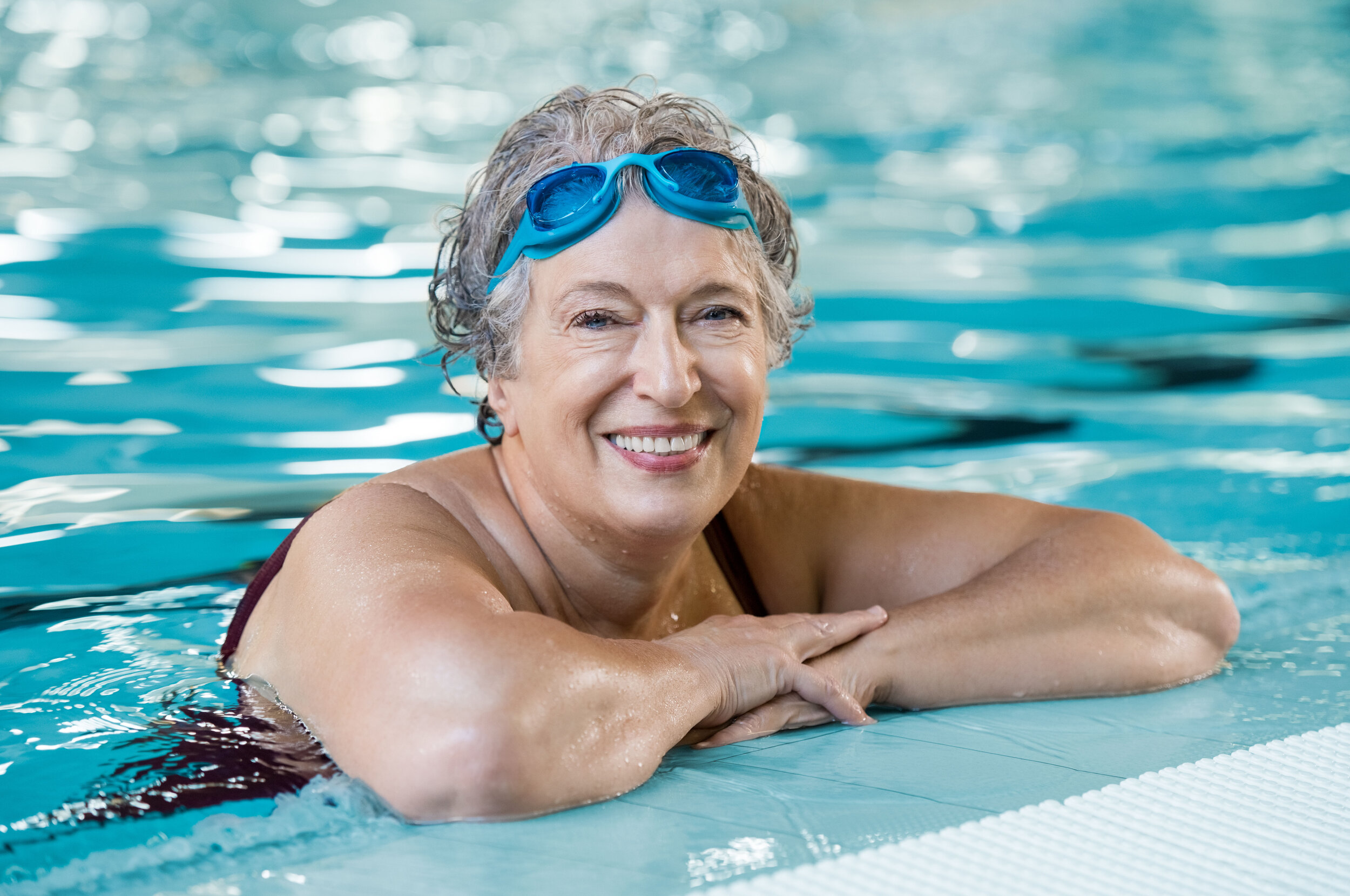Exercise and Dementia Prevention
It is now well accepted that ageing, genetic, medical and lifestyle factors all contribute to the risk of dementia in our population. Whilst some people are more at risk than others, everyone has the ability to ensure their long term physical and mental health.
The University of Tasmania’s Wicking Dementia Research and Education Centre has recently conducted a study revealing exercise as a key factor in ensuring our health and cognitive capabilities. This in turn can reduce the risk of “age-related decline and dementia” (Alty, Farrow, Lawler, 2020).
It is reported that around a third of dementia cases can be linked to risk factors such as physical inactivity, smoking, and high blood pressure. All of these factors can be avoided if you take responsibility for your health and wellbeing.
Dementia is not an inevitable part of ageing. The study found that older adults who are physically active, do not smoke, drink alcohol only in moderation and eat a healthy diet, have a lower risk of dementia.
“A study of almost 200,000 UK participants found that a healthy lifestyle was associated with reduced dementia incidence in all groups, including a 32% reduction in those with the highest genetic risk,” Dr Alty said.
“Exercise and other physical activity are important for brain health so increasing physical activity is a promising, non-pharmacological intervention to delay the cognitive manifestations of ageing and to reduce the risk of dementia.”
This is particularly important as no neuroprotective drugs have been formulated yet to protect people at risk of developing dementia.
“Exercise also has the additional health benefits of improved balance, reduced falls, improved cardiovascular health and reduced mortality.” Dr Alty concluded.
What type of exercise?
The study identified both aerobic and resistance training to be associated with a reduced risk of dementia.
Dementia Australia suggests that for general physical health, research has shown that three types of exercise should be in your regular routine:
Sustained aerobic exercise - exercise at a moderate level of intensity over a long period of time which increases blood flow to the brain.
○ Examples include brisk walking, cycling, or swimming
Strength, weight or resistance training - involves exercising muscles against an external, resistant force which strengthens your muscles, improves bone density, increases your metabolic rate, and supports good posture.
○ Examples include squeezing rubber balls, using elastic resistance bands, and lifting weights.
Flexibility and balance training - strengthens the spine and supporting muscles and improves your coordination and balance.
○ Examples include specific stretching, pilates, and yoga. This can also be incorporated into your warm ups and cool downs
Of course, it is important to seek advice from your doctor on what type and intensity of exercise is best suited to you.
“Physical exercise should be continued for as long as possible for people with dementia… It can help prevent muscle weakness, mobility problems and other health complications associated with inactivity. Exercise also plays a part in reducing stress and depression, which are commonly experienced by people with dementia”.
- Dementia Australia, 2015
For people with advanced dementia, a repetitive activity such as walking on a treadmill or using an exercise bike can help reduce anxiety. This is because there are no decisions to make and the person does not have to remember what their next activity is.
Tips for exercise
Always warm up before beginning your exercise routine, and cool down at the end.
Start with shorter sessions and work your way up.
Try water exercise, such as aqua aerobics. These are often easier on the joints and require less balance.
Work out in a safe environment; avoid slippery floors, poor lighting, floor rugs, and other potential dangers.
If you have difficulty maintaining your balance, exercise within reach of a rail or something to grab onto.
If at any time you feel sick or you begin to hurt, STOP the activity and seek the advice of your health professional on how to manage this.
Most important of all, select activities you enjoy and stick with it!
If you are a relative or carer of someone with dementia, find a physiotherapist or exercise physiologist who may be able to help with an appropriate exercise program.
If the person with dementia is in a Residential Aged Care Facility, speak to the staff there as all RACF’s should have physiotherapy available as part of their services.
Want to read more?
Head to our article on the mental and physical benefits of short bursts of activity throughout your day: The New Science Behind Exercise
REFERENCES
ALTY J, FARROW M, & LAWLER K. (2020). EXERCISE AND DEMENTIA PREVENTION. PRACTICAL NEUROLOGY. 2020;0: 1-7. DOI: 10.1136/PRACTNEUROL-2019-002335
UNIVERSITY OF TASMANIA, COLLEGE OF HEALTH AND MEDICINE (18 MARCH 2020). KEEP MOVING TO PREVENT DEMENTIA. RETRIEVED FROM: HTTPS://WWW.UTAS.EDU.AU/HEALTH/NEWS/ARTICLES/2020/KEEP-MOVING-TO-PREVENT-DEMENTIA
DEMENTIA AUSTRALIA (2015). PHYSICAL EXERCISE AND DEMENTIA. RETRIEVED FROM: HTTPS://WWW.DEMENTIA.ORG.AU/FILES/HELPSHEETS/HELPSHEET-DEMENTIAQANDA08-PHYSICALEXERCISE_ENGLISH.PDF
AUTHOR: ELLIE GRIFFIN
DISCLAIMER
THE CONTENT PROVIDED ON THIS WEBSITE IS FOR EDUCATION AND INFORMATION PURPOSES ONLY. IT IS NOT INTENDED TO REPLACE INDIVIDUAL HEALTH PROFESSIONAL CARE. READ OUR FULL DISCLAIMER HERE


